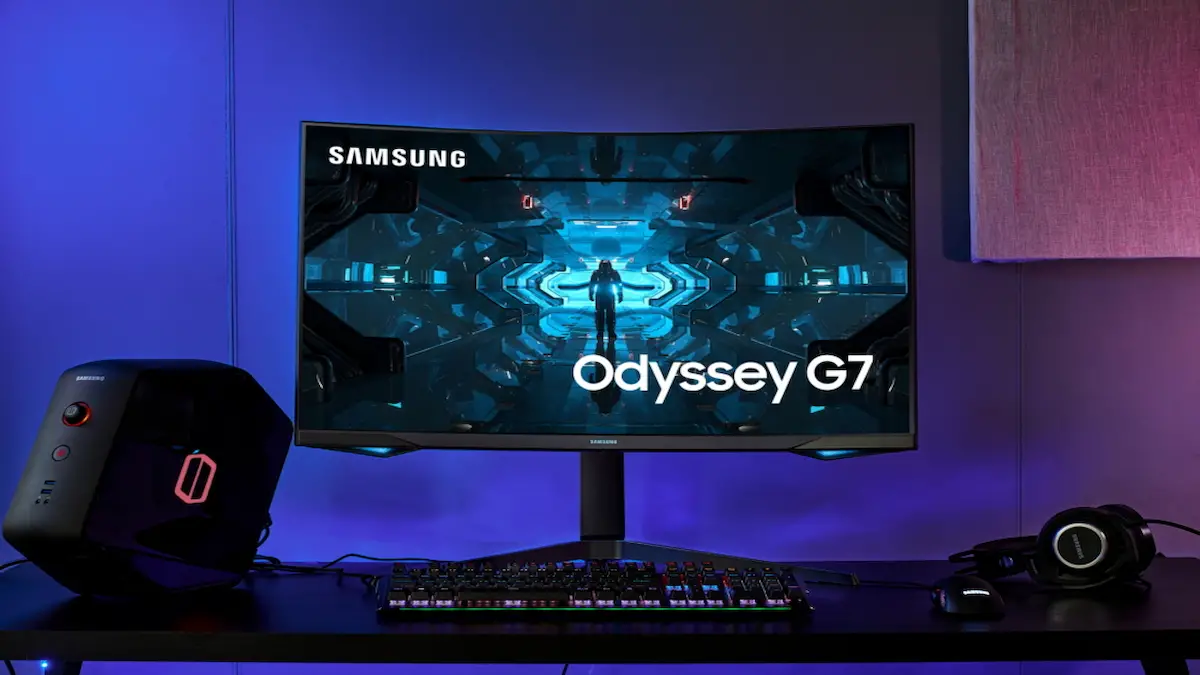You’re ready to start your day, but when you switch on your computer, the monitor is not turning on with your PC, leaving you staring at a blank screen. Don’t worry—it’s a common issue with many potential causes. Here’s a guide to help you troubleshoot and resolve it.
How to Fix Monitor Not Turning on With PC
1. Inspect the Power and Video Cables
A loose or damaged connection is one of the simplest yet most frequent causes of a monitor staying off. Make sure both the power cable and video cable (HDMI, DisplayPort, VGA, or DVI) are securely attached at both ends. Try using a different cable if you suspect damage, or plug the existing one into another monitor to see if the issue persists.
2. Verify the Correct Input Source
Monitors can have several input options, such as HDMI, DisplayPort, or VGA. If the monitor is set to the wrong one, it won’t display anything. Use your monitor’s menu buttons to toggle between input sources until you find the correct one for your connected cable.
3. Confirm the Monitor Has Power
If your monitor is completely unresponsive—no lights or signs of activity—the power source could be the problem. Ensure that the power cable is plugged into both the monitor and a functioning power outlet. Also, check if the monitor has a power switch on the back and make sure it’s turned on.
4. Check the Graphics Card
In many cases, the issue may be linked to the graphics card. If it’s not properly seated in the slot, or if it’s malfunctioning, your monitor won’t receive a signal. Open up your PC, ensure the graphics card is securely in place, and reseat it if necessary. If you have integrated graphics on your motherboard, try connecting the monitor directly to it after removing the dedicated GPU.
5. Reset BIOS Settings
Sometimes, incorrect BIOS settings can prevent a signal from being sent to your monitor. Restart your PC and access the BIOS by pressing a specific key (usually F2, F10, or DEL) during startup. Look for an option to load default settings, save the changes, and restart your system to see if that resolves the issue.
6. Unplug External Devices
Peripheral devices like USB drives, printers, or external hard drives can occasionally interfere with your system’s startup and prevent the monitor from displaying anything. Power off your PC and unplug all non-essential devices, leaving only the mouse, keyboard, and monitor. Boot up again to see if the monitor works without interference.
7. Test the Monitor on Another System
If your monitor still doesn’t respond, it’s possible the monitor itself is faulty. Connect it to another computer to see if it functions there. Conversely, try using a different monitor with your current PC setup. If another monitor works, you likely have a broken monitor on your hands.
8. Inspect RAM Placement
Improperly seated RAM can cause the computer to turn on without displaying anything. Open the computer case, remove each RAM stick, and then reinstall them securely to ensure they click into place. You can also try booting the system with only one stick of RAM at a time to isolate any faulty memory modules.
9. Check CPU and Motherboard
If none of the above steps work, the issue could be with the CPU or motherboard. Carefully reseat the CPU or check for visible damage on the motherboard, such as burnt components or loose connections. If you’re not comfortable with this, it might be time to contact a professional.
With a bit of patience and these troubleshooting steps, you should be able to identify and resolve why your monitor isn’t turning on with your PC. Remember to always check the most obvious solutions first—sometimes, the fix is as simple as plugging in a loose cable!
